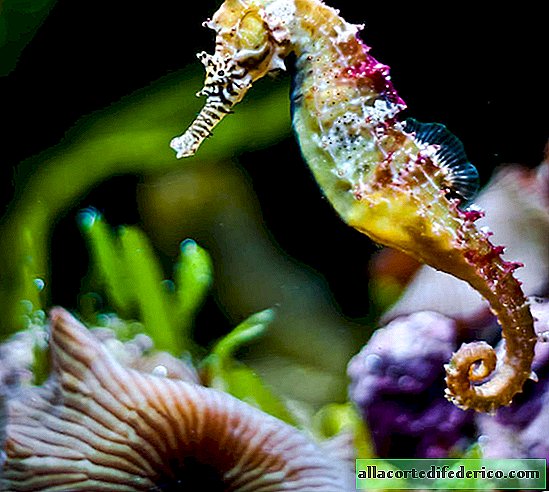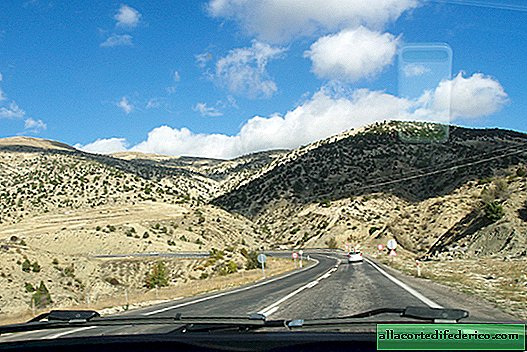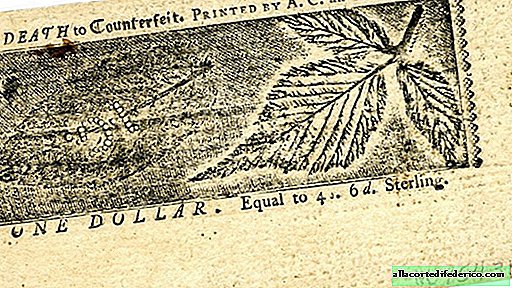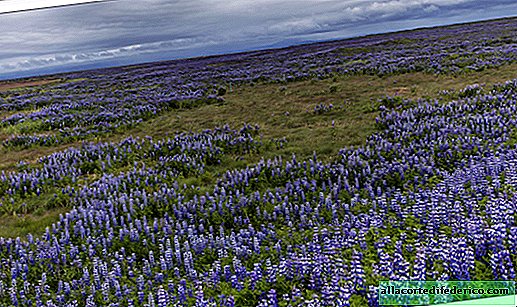Suigetsu Japanese Lake - a unique world chronograph
In Japan, a large number of beautiful lakes, but only a small part of them is world famous. In a sense, this is due to their small size, as well as to the unpronounceable and poorly remembered names. But one lake has gained worldwide recognition, and not among photographers or tour operators, but in the scientific community of archaeologists and paleontologists. This is a unique lake Suigetsu, at the bottom of which, as it turned out, lie treasures invaluable to science.
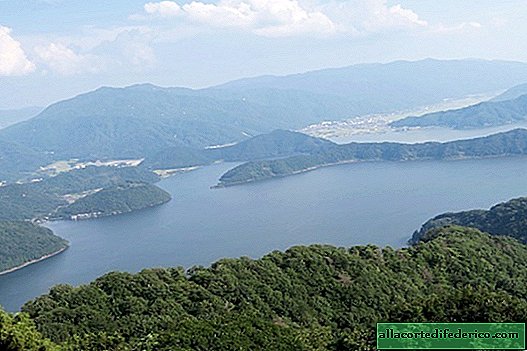
This lake is located on the island of Honshu, near Wakasa Bay, and is part of the lake system, which, in addition to Suigetsu, includes four more reservoirs. Around a small lake with an area of only 4.3 kilometers stretches of hilly landscapes. On the whole, the body of water does not differ from a dozen similar ones throughout Japan, if not for one circumstance: the amazing periodicity of the accumulation of precipitation at its bottom.
The unusual properties of the bottom sediments of the lake were discovered at the end of the 20th century, but for a number of reasons, large-scale studies of Suigetsu began only in 2006. It turned out that every year the lake bottom is covered by two layers of different physical and chemical properties. The first is made up of the remains of diatoms, abundantly living in the water column of the lake, and the second layer is the sediment layer characteristic of most lakes in the form of mechanical impurities and organic remains. But the uniqueness of Suigetsu is that these two layers do not mix, creating year after year a chronological scale at the bottom that tells about the life of our planet. The maximum depth with which the core was extracted for analysis was 73 meters.

In modern chronology, the field of historical science responsible for determining the age and sequence of certain events, the main difficulties begin when experts go deeper than 12 thousand years. And if, when analyzing the relatively recent past, annual tree rings and radiocarbon dating methods come to the aid of scientists, then later dating causes a number of difficulties. In this situation, the discovery of such valuable geochronological material has become a real gift for scientists.
By comparing the sedimentary deposits of Lake Suigetsu with existing standards, scientists were able to correct the events of several time intervals. In addition, the researchers had at their disposal a unique tool with which it is possible to clarify the existing dates within 150,000 years.

